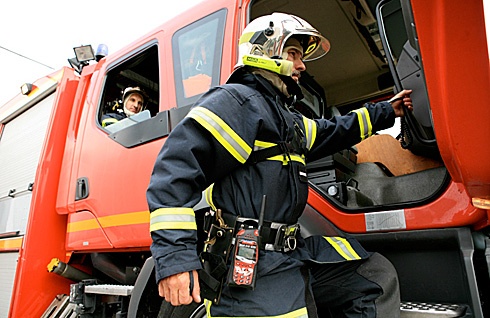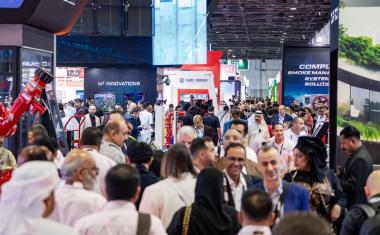Cassidian and partners test indoor location system of first responders
Cassidian and its partners 3D Plus, CEA-Leti and the emergency-response service for the Rhône region SDIS (Service départemental d'incendie et de secours) are engaged in the Resear...

Cassidian and its partners 3D Plus, CEA-Leti and the emergency-response service for the Rhône region SDIS (Service départemental d'incendie et de secours) are engaged in the Research & Technology project Demoloc, in which they are currently evaluating the potential use of inertial sensors for attitude monitoring and radio triangulation for indoor location.
One of the critical aspects of fire-fighting operations in underground environments is the lack of available information at the mobile command centre about the safety status of deployed responders. The system developed by the partners combines motion capture and precise indoor localisation, leading to improved safety for fire-fighters and other public-safety personnel in buildings and other confined areas such as underground parking lots.
In order to remotely determine the location, body position, and level of activity of public-safety personnel inside buildings, Cassidian and its partners combined an ultra-wideband (UWB) radio localisation system, which is not reliant on a radio infrastructure, with motion sensors. This autonomous self-learning system consists of three UWB emitters to be deployed in the field and one receiver to be carried by the first responder. The calculation of the first responder's relative position is done through the electronic device already assigned to attitude monitoring. The position is then uploaded through a Professional Mobile Radio (PMR) link to the command centre, where it can be displayed separately or together with the attitude monitoring data.
The system operates in conjunction with a TETRAPOL-style PMR solution and incorporates automated learning and synchronising of data provided by the network of tags attached to the rescue workers' clothing. Information about body positions - upright, sitting, lying down - and the workers' activity is determined using micro-electro-mechanical systems (MEMS) analysis and is transmitted to a command post by the PMR system. The required sensors are integrated into a compact unit using a highly specific 3D stacking process engineered by 3D Plus.
Experiments were recently conducted with French fire-fighters in a real test environment in a private 500m2 underground car park. The system has demonstrated its capability to locate responders at a distance of 90m with an accuracy of five to 30cm. Six different attitudes (standing, kneeling, lying on left, lying on right, lying on back, lying on front) were monitored with a success ratio higher than 90%. The positive feedback gained from the trial highlights a genuine interest in the new technologies stemming from the Demoloc project.
Cassidian is now working with CEA-Leti on the further development of this attitude monitoring prototype and on its integration with advanced PMR solutions.













